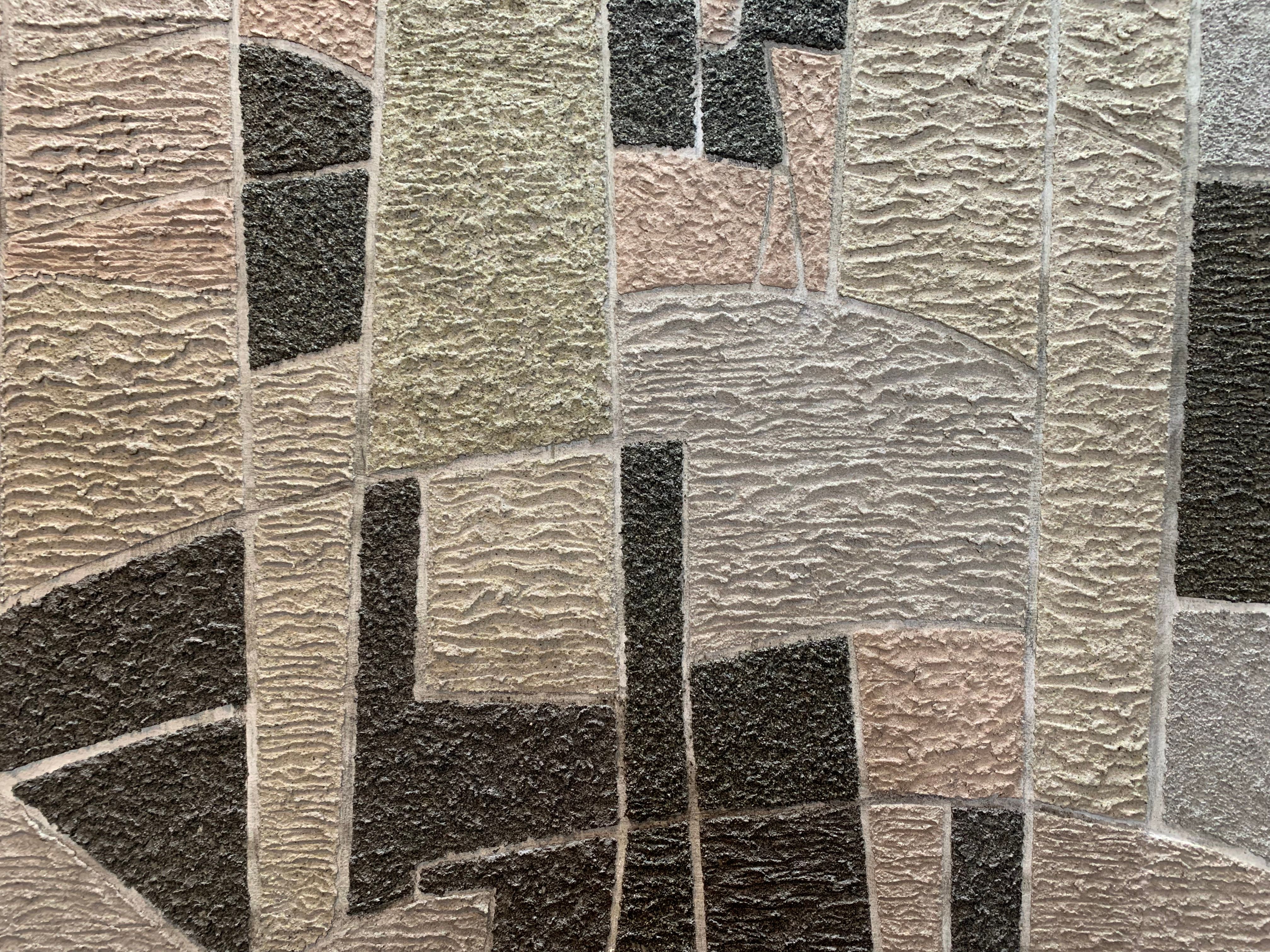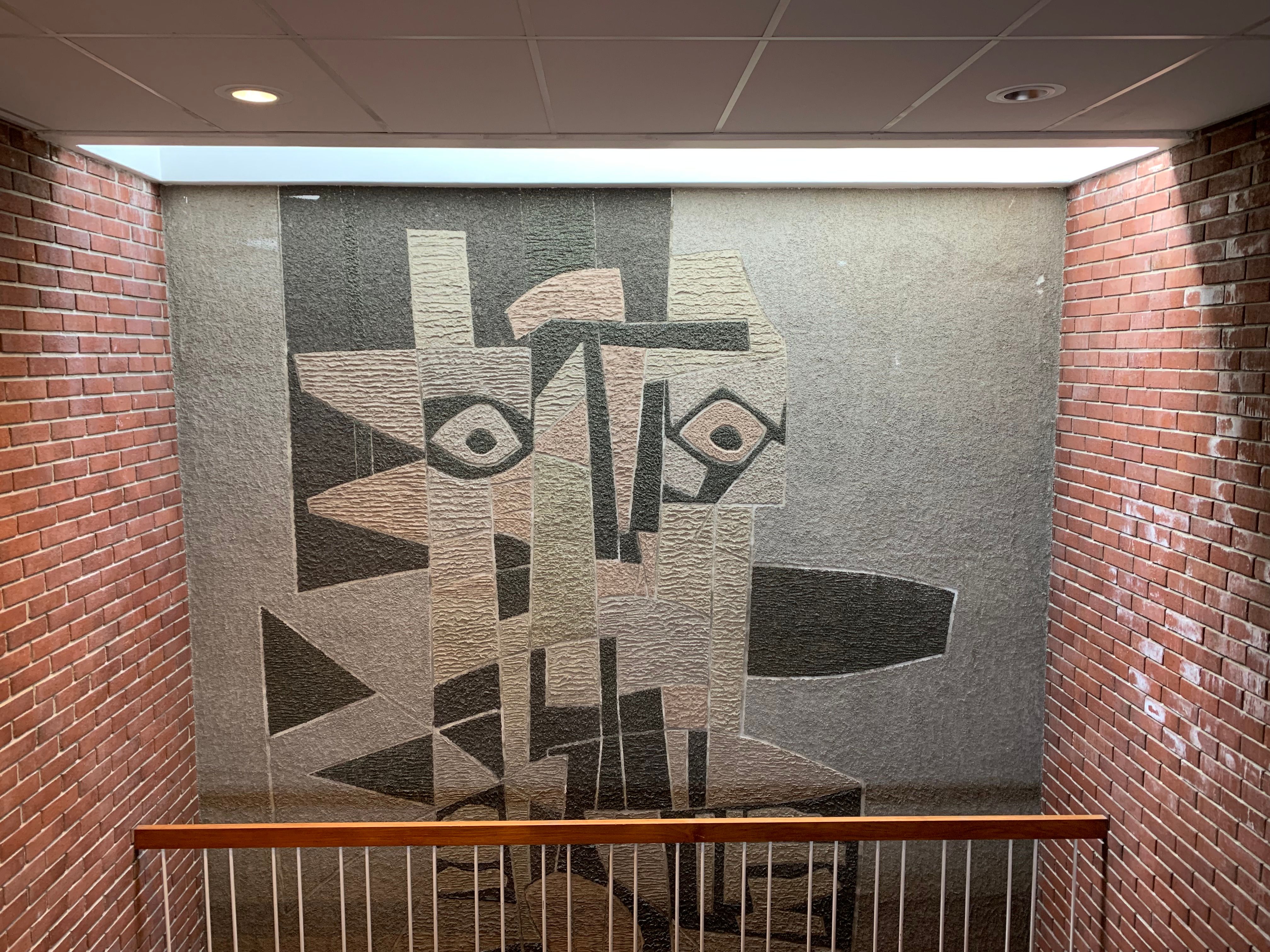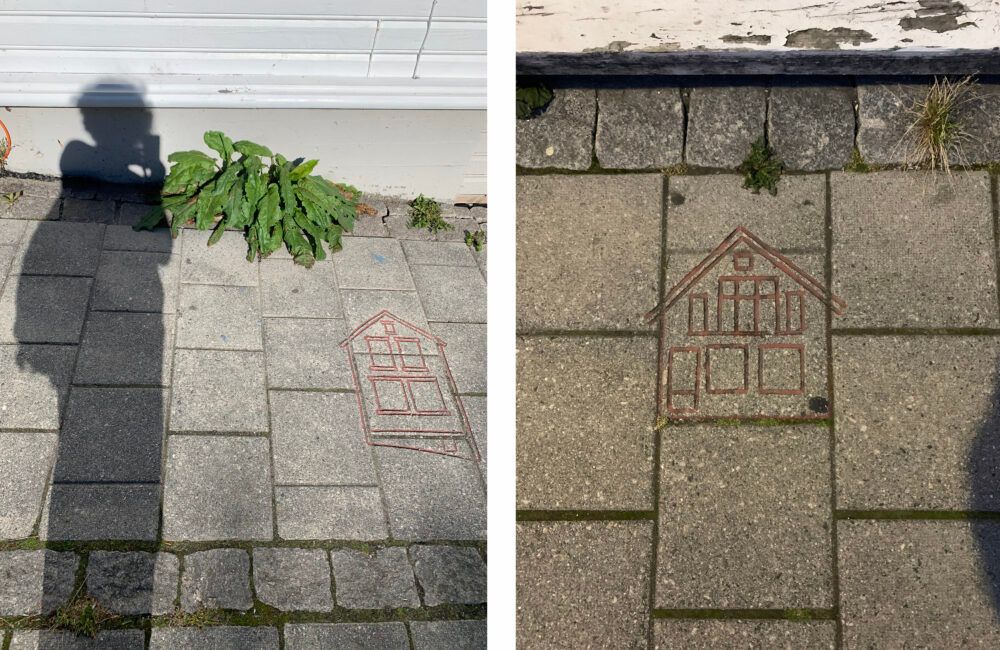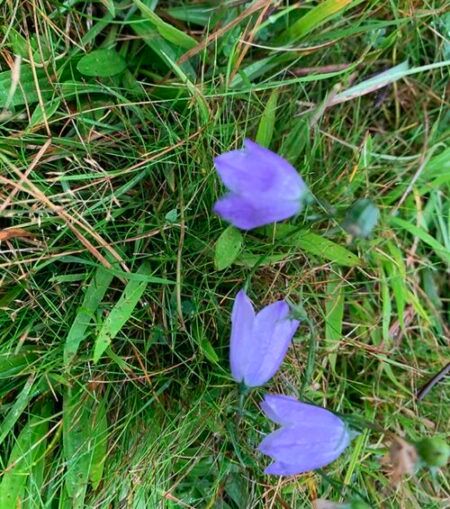B. tells us that Stavanger’s mayor proudly proclaimed at the unveiling of the Bøe mural, finally people are recognizing that a building isn’t finished until there’s art
English Translation: "We should now be happy that the view is beginning to take hold that no building is finished until it has been artistically decorated!"
–Ordfører Arne Rettedal: Stavanger Aftenblad 21.11.67 — wishful thinking, it would now seem, or at best incomplete. B., who has been working to raise awareness of the current situation, says a certain apathy seems to surround the fate of this artwork under threat of being demolished before people’s eyes, and this leads to a discussion, over coffee in the café in Rogaland kunstsenter, which is right next to Studio 17 where I am writing these notes, of how artists aren’t always the best citizens. Actually, no, the conversation was still in the Nytorget 1 lobby, which is itself just down the street from Rogaland kunstsenter, because I was looking at the Bøe as we talked. I remember I kept thinking of the public, the city-body-politic, and how the work morphs from face to map to _____.









